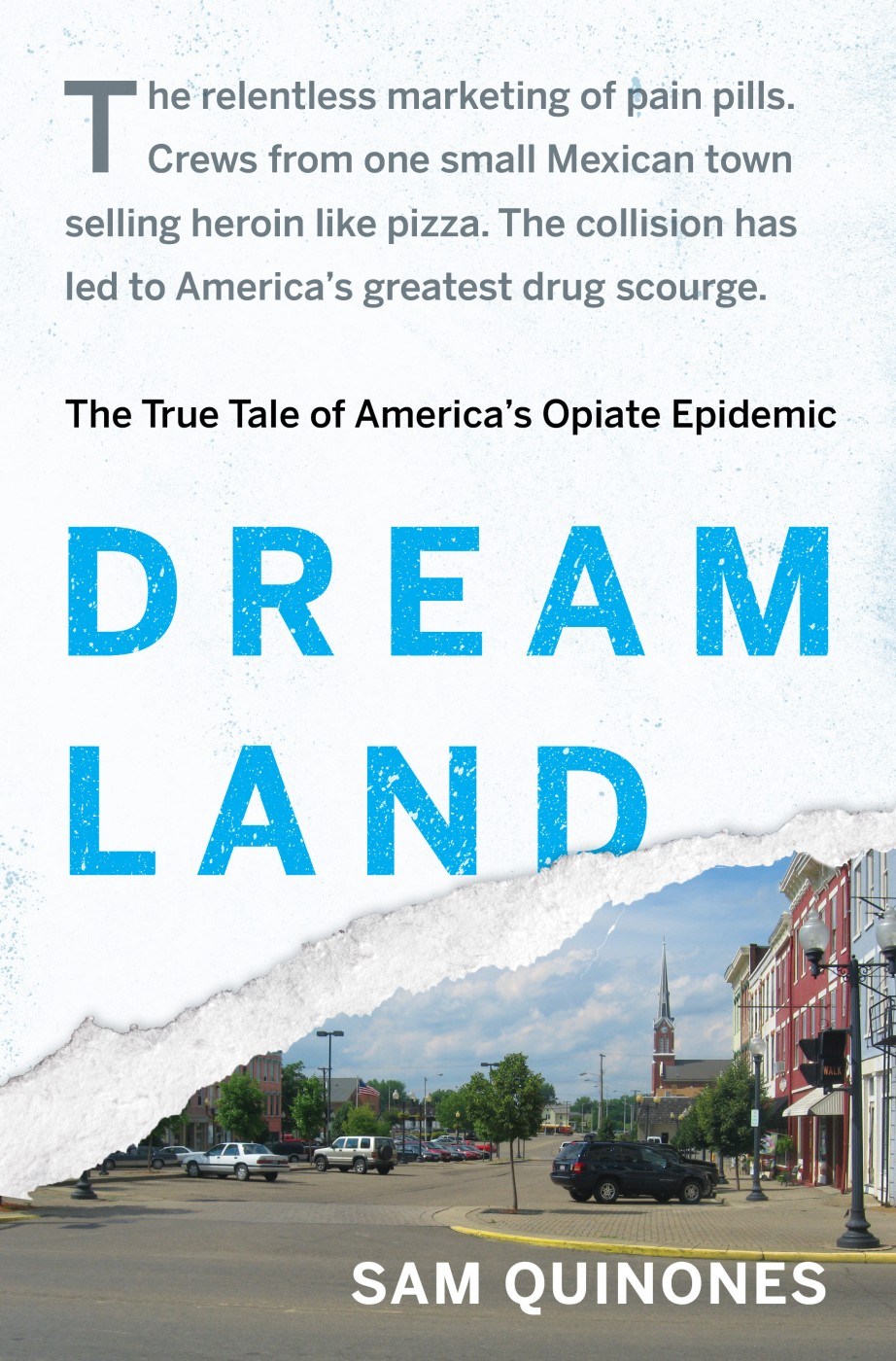OPG’s Literature Review has an OPG staff member look at relevant and thought-provoking pieces of literature that pertains to Substance Abuse, Mental Health, Eating Disorders, or Autism and provides their opinion and perspective of the work. Today’s book is on the opioid epidemic and is entitled “Dreamland” authored by Sam Quinones.
Working in substance use disorder treatment today, the opiod epidemic is everywhere. My colleague from our friends at Granite Recovery Center suggested the book “Dreamland” by Sam Quinones to me as one of the better accounts of this epidemic. It is an informative and fascinating primer on the causes, consequences, and reactions to this epidemic. Though it is a couple of years old, the information is still relevant, and Quinones maintains a reporter’s blog that tracks more current happenings related to the opiod crisis.
Here’s a PBS video of the author speaking about the opiod epidemic:
Tracking the Crisis
The book begins in Portsmouth, Ohio, and throughout the book, Quinones tracks people from this town and the surrounding communities and states. In doing so, he offers a detailed and insightful explanation of the confluence of socio-cultural forces that took place in the US heartland and which combined to make that part of the country a sort of ground zero for the opiod epidemic. Living in Boston, where macro factors like the unemployment rate and the housing crisis have remained relatively stable compared to many other parts of the country since the 2008 economic crash, this account of life in Ohio was incredibly informative. As employers left Portsmouth and similar towns due to cheaper overseas labor for manufacturing firms, the resulting lack of economic opportunities gave rise to a situation where people had time on their hands, and an abundance of the kind of stressors and struggles that often lead to substance use disorders. These factors, plus a liberal prescribing culture, helped opiod addictions to spread in the midwest.
 The Jick Letter
The Jick Letter
Another fascinating detail in this book is the Jick letter and the role it had in influencing opiod prescribing habits. This letter, which was published in the New England Journal of Medicine in 1979, noted that of the 12,000+ patients who had been treated with opiates while in a hospital before 1979, only four had grown addicted. This detail ended up being taken out of context quite widely and utilized as a proof point to assure prescribers that opiods were safe to use liberally in chronic pain patients. It had an incredibly outsized influence on the role prescribing habits played in the growth of the epidemic. It was a favorite data point of prescribers in the employee of pharmaceutical companies who sought to downplay the dangers of addiction.
Nayarit, Mexico
Quinones also goes into great detail about the influence of heroin traffickers and street level dealers from the state of Nayarit in Mexico. By taking a rather sophisticated, entrepreneurial approach to retail dealing across the country, these people have been able to supply cheap and potent heroin while largely evading prosecution. In a particularly sad note, Quinones notes that these dealers would visit methadone clinics in new markets and mine them for customers. The addicted individuals they found at these clinics would all too happily barter their connections to the local addict community for some free heroin.
Final Thoughts
On the whole this book offers a uniquely comprehensive take on what caused the opiod epidemic. It also contains a number of personal stories that are heartbreaking to read, but necessary to understand if one desires a thorough knowledge of this crisis. It’s highly recommended.

